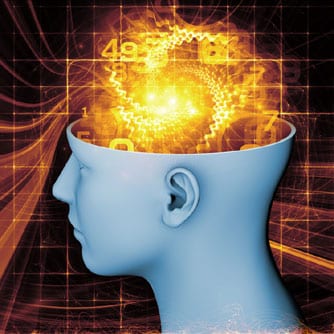Why is it that some people recall a dream every morning, whereas others rarely recall one? Perrine Ruby, from Inserm’s Lyon Neuroscience Research Center (France), and colleagues sought to identify which areas of the brain differentiate high and low dream recallers. They used Positron Emission Tomography (PET) to measure the spontaneous brain activity of 41 volunteers during wakefulness and sleep. The volunteers were classified into 2 groups: 21 “high dream recallers” who recalled dreams 5.2 mornings per week in average, and 20 “low dream recallers,” who reported 2 dreams per month in average. High dream recallers, both while awake and while asleep, showed stronger spontaneous brain activity in the medial prefrontal cortex (mPFC) and in the temporo-parietal junction (TPJ), an area of the brain involved in attention orienting toward external stimuli. Positing that: “Increased activity in the [temporo-parietal junction] and [medial prefrontal cortex] might promote the mental imagery and/or memory encoding of dreams,” the study submit that because “increased activity in [temporo-parietal junction] might facilitate attention orienting toward external stimuli and promote intrasleep wakefulness, [these areas may facilitate] the encoding of the dreams in memory.”
Total Recall
Jean-Baptiste Eichenlaub, Alain Nicolas, Jerome Daltrozzo, Jerome Redoute, Nicolas Costes, Perrine Ruby. “Resting Brain Activity Varies with Dream Recall Frequency Between Subjects.” Neuropsychopharmacology, 16 January 2014.
RELATED ARTICLES




